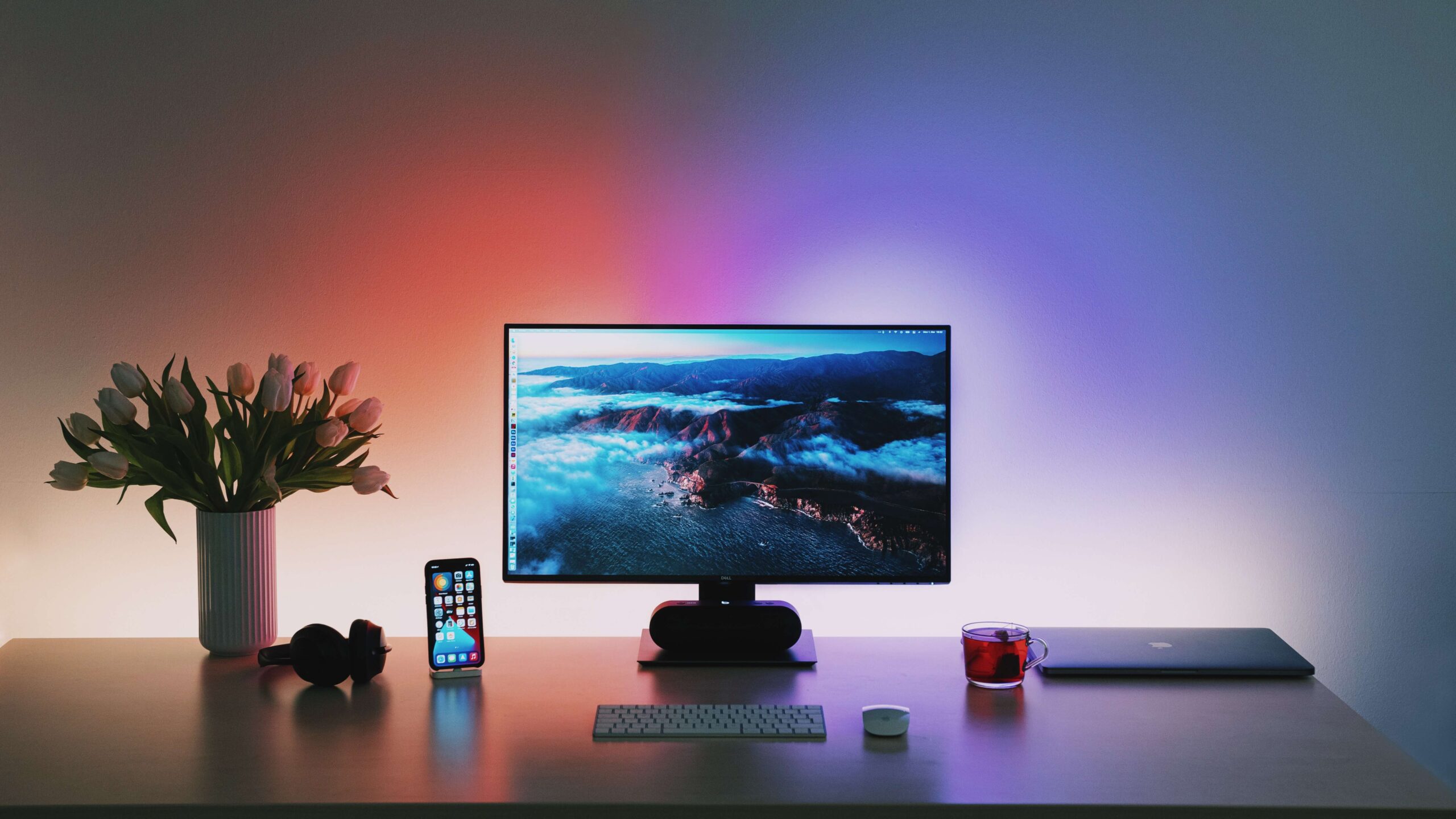What’s the first thing that comes to your mind when you think about mobile app success? Is it your app’s user interface or your app’s marketing and promotion strategy? Or is it how good your app is at solving problems and meeting the needs of your users?
While all of these factors are important, one of the most important factors that can make or break your app’s success is its visibility in the app store. Unfortunately, many app developers don’t realize the importance of app store optimization (ASO).
1. Understand the Differences Between the App Store and the Play Store
The App Store and the Google Play Store are two very different platforms, and it’s important to understand those differences when optimizing your app for each.
First off, the Apple App Store is only available on iOS devices, while the Google Play Store is available on Android devices. This means that if your app is only available on iOS, you don’t need to worry about optimizing it for the Google Play Store.
In addition to the platforms they’re available on, the App Store and the Google Play Store also have different algorithms, app store ranking factors, and keyword fields. This means that you’ll need to take a different approach to ASO depending on which platform your app is available on.
2. Know Your Audience
The second step is to get to know your target audience. This is a crucial step in any marketing strategy, and app store optimization is no different.
If you want to optimize your app for the app store, you need to know who your target audience is and what they’re looking for.
Start by doing some research on your competitors. Look at their app store listings and see what keywords they’re targeting. This can give you a good idea of who their target audience is and what they’re looking for.
You can also use tools like App Annie or Sensor Tower to get a better idea of who your target audience is and what they’re looking for. These tools can provide you with data on the demographics of your target audience, as well as what apps they’re currently using.
Once you have a good idea of who your target audience is, you can start to optimize your app store listing to attract them.
3. Use a Descriptive Title
The title of your app is the first thing that users will see, so it’s important to make a good impression. You only have 30 characters to work with, so you need to make them count.
Your app title should be descriptive and include the most important keywords for your app. You should also include your brand name, if possible.
You can also use a subtitle to provide more information about your app. Subtitles are limited to 30 characters, so you need to be concise.
4. Choose the Right Keywords
Keywords are the words and phrases that people use to find apps.
To find the right keywords, you need to think about what people are likely to type into the search box when they’re looking for an app like yours.
You also need to think about how many other apps are using those keywords.
If you choose keywords that are too general, your app is likely to get lost in the crowd.
If you choose keywords that are too specific, you may not get enough traffic to your app.
The key is to find the right balance.
5. Write a Compelling Description
The app description is your opportunity to tell potential users why they should download your app.
You can write up to 4,000 characters in your app description, but users will only see the first 252 characters in the search results. So, make sure you put the most important information first.
Your app description should be easy to read and scannable. Use bullet points to break up the text and highlight the most important features and benefits of your app.
Be sure to include relevant keywords in your app description, but don’t overdo it. Your app description should be written for humans, not search engines. If needed, use ChatGPT summary prompts to condense your description.
6. Create an Eye-Catching Icon
The app icon is the first thing users see in the app store. It’s important that your app icon is eye-catching and representative of what your app does.
The app icon should be simple and easy to understand. It should also be visually appealing and stand out from other app icons in the store.
When creating your app icon, make sure to use bright colors and bold designs. You should also avoid using too much text, as this can make your icon look cluttered.
It’s also a good idea to A/B test your app icon. This will help you determine which design is most appealing to your target audience.
7. Use High-Quality Screenshots and Videos
The visuals you use in your app store listing are one of the first things potential users will notice when they come across your app.
When it comes to screenshots and videos, quality is key. Poor-quality visuals will make your app look unprofessional, and users may be less likely to download it.
Make sure your screenshots are high-resolution and clearly showcase your app’s features and benefits. You can also add text and annotations to your screenshots to highlight key points.
For your app preview video, keep it short and sweet, and make sure it clearly explains what your app does and why users should download it.
8. Localize Your Listing
In the same way you would localize your SEO content, you also need to localize your app store listing.
This means you should translate your app store listing into the languages of your target audience, and also make sure that you’re using the right keywords for each language.
For example, if you’re targeting the Spanish-speaking market, you should use Spanish keywords and also include a Spanish translation of your app’s name and description.
9. Get Positive Reviews and Ratings
Positive app reviews and ratings are the most important factor for users when deciding to download your app.
The more positive reviews and ratings you have, the higher your app will rank in the app store.
Ask your users to leave a review and rating after they’ve used your app. You can also prompt them to do so by sending them a push notification.
Be sure to respond to all reviews, both positive and negative. This shows that you’re engaged with your users and that you care about their feedback.
If you get a negative review, be sure to address the issue and let the user know that you’re working to fix it.
10. Update Your App Regularly
Just like with SEO, you need to update your app store listing regularly.
This isn’t just about updating your app store keywords. You should also update your screenshots, the app store categories you’re listed in, and the app store description.
This will help you stay relevant and keep your app store listing looking fresh.
It will also help you attract new users who might not have seen your app before.
11. Test
Your app listing is not a one-and-done thing. You should be testing and updating your app store listing regularly.
You can use A/B testing to test different elements of your app store listing to see what works best. You can also use this data to inform other areas of your app marketing strategy.
For example, if you find that a certain screenshot performs better than others, you can use that screenshot in your other marketing materials, like social media ads or email outreach campaigns.
Once your app is live, your job is not done. You need to continue to monitor and tweak your app store listing to make sure it’s performing as well as possible.
You can do this by looking at your app’s analytics and by checking in on your competitors.
If you notice that your app’s download rate is declining, for example, you may want to experiment with different keywords or app titles.
By making small tweaks to your app store listing, you can improve your app’s visibility and drive more downloads.
After all the hard work of researching, optimizing and implementing changes, it’s time to test your app store listing again.
You can use the same tools you used to test your app store listing before to see how your app store listing is performing post-optimization.
Remember, the app store is a competitive place. You may need to make changes to your app store listing regularly to stay ahead of the competition and improve your app store ranking.
Conclusion
ASO is a powerful tool that can help you increase your app’s visibility, get more downloads, and increase your ROI. But it’s not the only tool you have in your app marketing arsenal.
To get the best results, you should use ASO in conjunction with other app marketing strategies such as app advertising, content marketing, influencer marketing, and social media marketing.
If you’re not sure where to start, check out our app marketing services. We can help you create a custom app marketing strategy to help you reach your goals and grow your app business.

